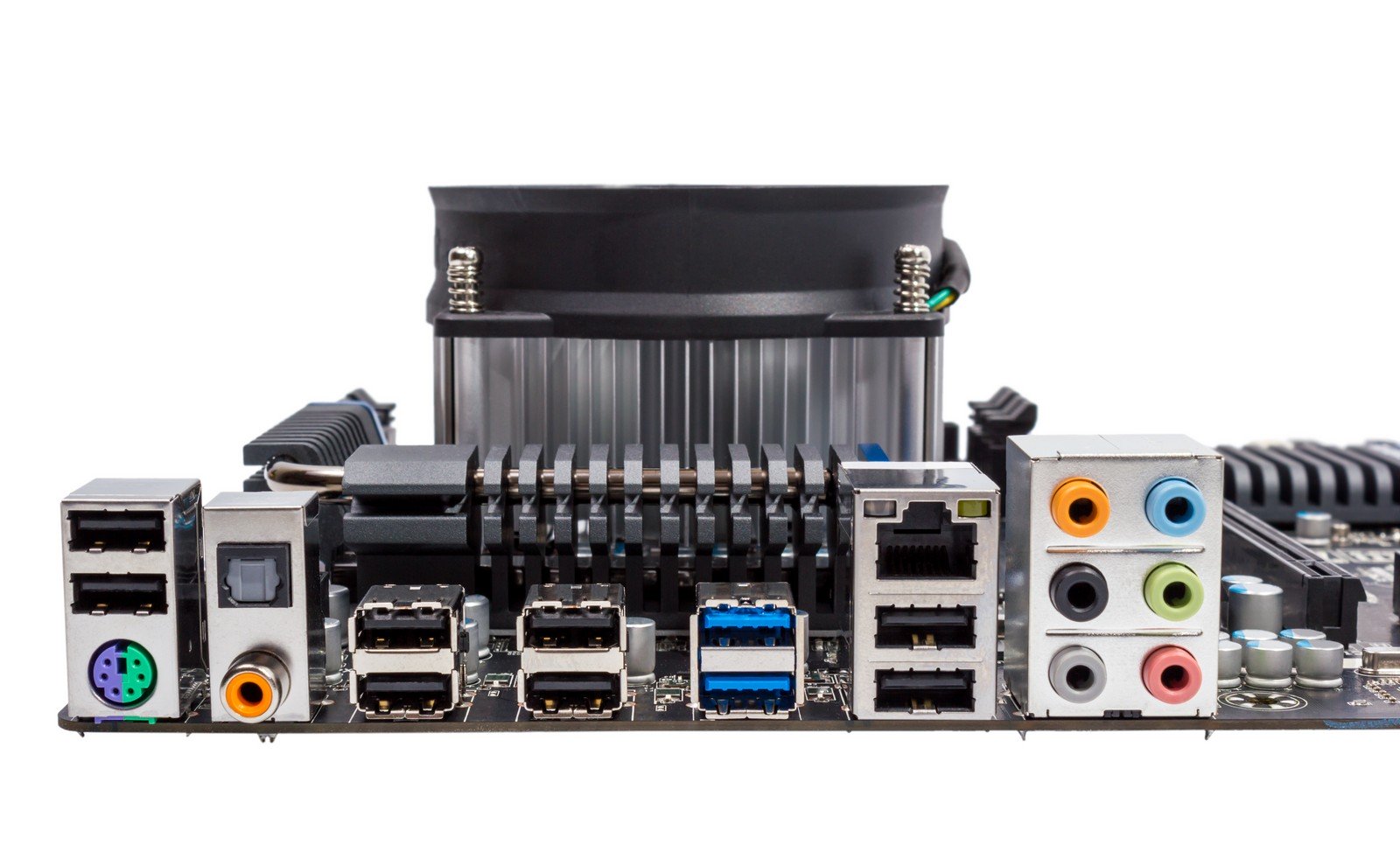Motherboard IO Ports

Quick Navigation:
- Motherboard IO Ports Definition
- Motherboard IO Ports Explained Easy
- Motherboard IO Ports Origin
- Motherboard IO Ports Etymology
- Motherboard IO Ports Usage Trends
- Motherboard IO Ports Usage
- Motherboard IO Ports Examples in Context
- Motherboard IO Ports FAQ
- Motherboard IO Ports Related Words
Motherboard IO Ports Definition
Motherboard IO (Input/Output) Ports are interfaces located on the back panel of a motherboard, designed to connect peripheral devices to the computer. These ports allow data transmission between the motherboard and external devices like monitors, keyboards, and USB drives. Common IO ports include USB, HDMI, Ethernet, and audio jacks, enabling both input (e.g., from a keyboard) and output (e.g., video display).
Motherboard IO Ports Explained Easy
Imagine a motherboard as the brain of a computer. The IO ports are like its hands and ears—they let the computer communicate with the outside world. For example, plugging in headphones to an audio port lets you listen to music, and connecting a mouse through a USB port tells the computer what to do.
Motherboard IO Ports Origin
IO ports have been a critical part of computer motherboards since their early development in the 1970s. Initially, they were limited to basic serial and parallel ports. Over time, advancements like USB and HDMI revolutionized connectivity, providing faster speeds and better compatibility with modern devices.
Motherboard IO Ports Etymology
The term “IO Ports” comes from “Input/Output,” describing the flow of data into and out of the computer through these interfaces.
Motherboard IO Ports Usage Trends
In recent years, USB-C has become a dominant IO port due to its versatility, replacing older USB types and even video ports in some cases. Other trends include the rise of HDMI for high-definition displays and Ethernet ports being supplemented by Wi-Fi.
Motherboard IO Ports Usage
- Formal/Technical Tagging: Motherboard, Computer Hardware, Peripheral Interface
- Typical Collocations: "USB IO port," "motherboard HDMI connection," "audio jack input/output"
Motherboard IO Ports Examples in Context
- A USB IO port allows you to connect external storage drives to transfer files.
- HDMI IO ports are used to connect monitors or projectors for video output.
- The Ethernet IO port provides wired internet connectivity for a stable and fast connection.
Motherboard IO Ports FAQ
- What are motherboard IO ports?
These are ports on a motherboard for connecting peripherals like USB devices, monitors, and headphones. - What is the purpose of IO ports?
They enable communication between the computer and external devices. - What is the most common IO port?
USB ports are the most widely used for their versatility. - What replaced older serial and parallel ports?
USB ports and newer standards like USB-C replaced older serial and parallel connections. - Can I add more IO ports to my motherboard?
Yes, expansion cards and USB hubs can add additional ports. - What are audio IO ports used for?
They transmit audio signals for headphones, speakers, and microphones. - What is the difference between USB-A and USB-C ports?
USB-C is smaller, faster, and supports more functionalities like video output. - Are Ethernet ports still relevant?
Yes, they provide faster and more reliable connections than Wi-Fi in some cases. - What is an HDMI port used for?
It is used to connect video devices like monitors, TVs, and projectors. - Do all motherboards have the same IO ports?
No, IO ports vary depending on the motherboard model and intended use.
Motherboard IO Ports Related Words
- Categories/Topics: Computer Hardware, Peripherals, Data Transmission
Did you know? The USB port, a standard feature on motherboards, was first introduced in 1996. It replaced various older connection types, simplifying how devices are connected to computers and evolving into the widely adopted USB-C format today.
PicDictionary.com is an online dictionary in pictures. If you have questions or suggestions, please reach out to us on WhatsApp or Twitter.Authors | Arjun Vishnu | @ArjunAndVishnu

I am Vishnu. I like AI, Linux, Single Board Computers, and Cloud Computing. I create the web & video content, and I also write for popular websites.
My younger brother, Arjun handles image & video editing. Together, we run a YouTube Channel that's focused on reviewing gadgets and explaining technology.



Comments powered by CComment